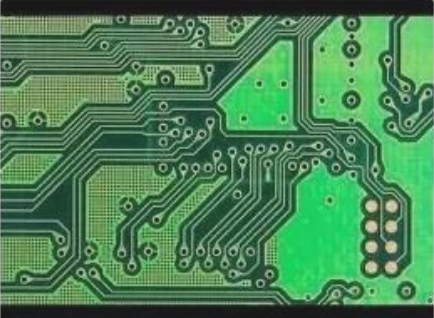Essential Tips for Quality PCB Soldering
- Ensure Good Surface Wettability: It is crucial for the solder to spread uniformly across the metal surface, forming a complete coating with a contact angle not exceeding 90 degrees.
- Use the Correct Amount of Solder: Avoid excess or insufficient solder to achieve optimal results.
- Prepare the Welding Surface Adequately: The surface should be complete, continuous, and smooth for a successful solder joint.
- Position Solder Joints Precisely: Deviation from the specified range can lead to issues.
- Common Defects to Watch Out For:
- Detachment of pads from the PCB surface
- Misalignment of components
- Undesirable connections between solder joints
- Electrical isolation issues
- Protruding burrs on solder joints
- Solder balls adhering to surfaces
- Varied aperture sizes
- Deviation of solder joints from intended positions
- Quality Inspection Procedures:
- Visual inspection with magnification
- Post-PCB welding inspections
- Repair processes for local defects
- Surface Mount Component Mounting Inspections
- Establishing Balanced Inspection Strategies:
- Utilize visual and optical equipment inspections
- Implement quality control points at critical stages
- Key Inspection Points:
- PCB Inspection
- Screen Printing Inspection
- Component Placement Inspection
- Reflow Inspection
By following these guidelines and conducting thorough inspections throughout the PCB soldering process, you can ensure high-quality results and efficient operation of your SMT equipment.


